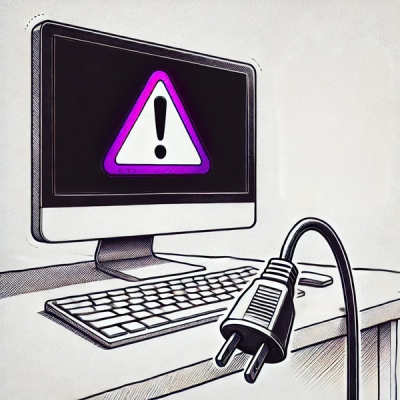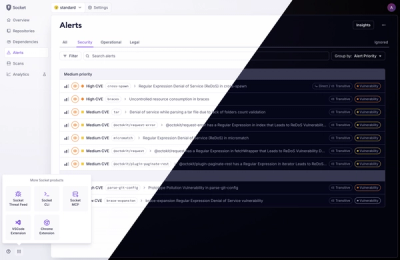React Table Library
Requirements
Installation & Usage
Project Setup:
create-react-app my-app
cd my-app
touch .npmrc
Copy the content of this proejct's .npmrc.azure file to your project's .npmrc and enter your credentials (password etc.) in this file for the placeholders.
Then on command line:
npm install @table-library/react-table-library
In your global CSS:
html {
font-size: 1px;
}
body {
font-size: 14rem;
}
And last but not least, in one of your React components:
import React from 'react';
import { Atoms } from '@table-library/react-table-library';
const { ContentButtonPrimary } = Atoms;
const App = () => {
return (
<div>
<ContentButtonPrimary label="Click me" />
</div>
);
};
export default App;
You are ready to go.
Relative Imports
Keep the bundle size small with relative imports:
// imports the whole library
import { Atoms } from '@table-library/react-table-library';
// imports all Atoms from the library
import { ContentButtonPrimary } from '@table-library/react-table-library/lib/Atoms';
// imports only the component and its dependencies
import ContentButtonPrimary from '@table-library/react-table-library/lib/ContentButtonPrimary';
// same goes for icons
// which is why its better to import them directly
// instead of importing all icons at once
import IconCockpit from '@table-library/react-table-library/lib/IconCockpit';
Contribution to Library
Setup:
git@github.com:table-library/react-table-library.git- follow ".npmrc"
npm install- follow "Docker" for Screenshot Testing
.npmrc
Docker
Scripts
Run Storybook:
Build Storybook:
npm run storybook:buildnpx http-server dist/
Build Library:
Run Tests:
- Run Once:
npm test
- Watch:
npm run test:watch
- Run Screenshot Tests with Docker:
make loki:test
- Update Screenshot Tests with Docker:
make loki:update



